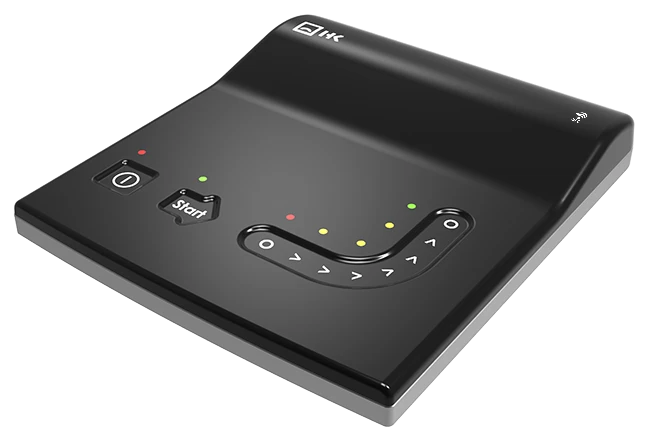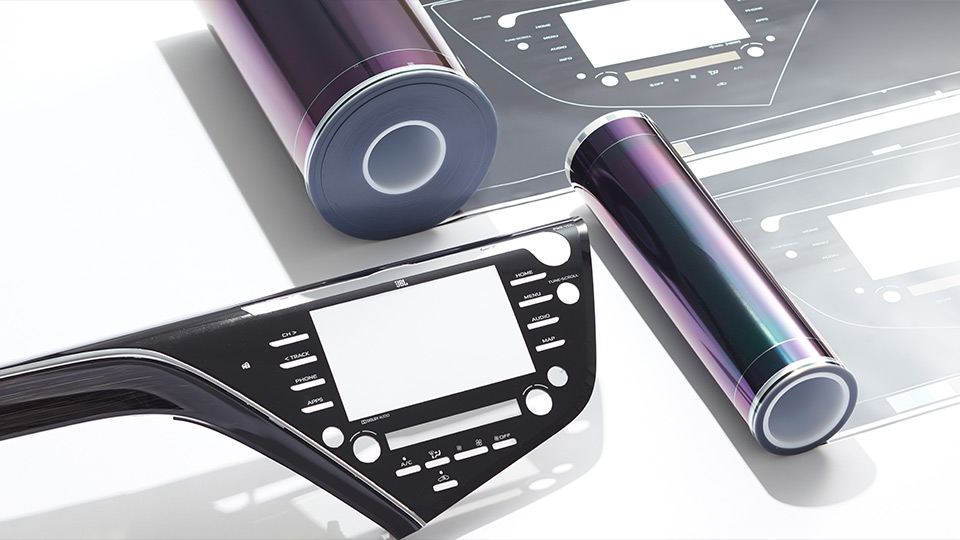Discovering Ingenious Production with In-Mold Decorations
Discovering Ingenious Production with In-Mold Decorations
Blog Article
Mastering In-Mold Decorations: Methods, Trends, and Ideal Practices for Optimal Outcomes
In the realm of production, the art of in-mold decors stands as an essential aspect of product layout and production. As markets continually seek cutting-edge ways to improve aesthetic charm and capability, mastering the ins and outs of in-mold decors has arised as a crucial ability. From selecting the best products to incorporating advanced style fads, the journey towards attaining optimum cause this domain is complex. By diving into the techniques, trends, and best methods that underpin effective in-mold decor procedures, businesses can unlock a realm of opportunities that not just boost the visual allure of their products but likewise enhance manufacturing performance and bolster consumer engagement.
Material Option
Product option is a critical aspect of understanding in-mold decors, as it straight affects the quality and sturdiness of the end product. When picking products for in-mold designs, it is necessary to think about factors such as compatibility with the molding procedure, the wanted aesthetic outcome, and the ecological problems the product will certainly encounter. Thermoplastic materials like abs, polypropylene, and polycarbonate are commonly made use of for in-mold designs due to their convenience and capability to achieve detailed styles. These products use outstanding moldability, enabling suppliers to produce complex forms and patterns with precision.
In addition, the selected product should possess good adhesion buildings to guarantee that the decoration sticks strongly to the substratum during the molding process. Adhesion between the material and the design is important for preventing delamination and guaranteeing resilient aesthetic appeal. Furthermore, products with high warmth resistance are preferred for in-mold decorations, particularly for items that will certainly be revealed to raised temperatures during their lifecycle. By thoroughly choosing the ideal material for in-mold decorations, producers can improve the general top quality and durability of their products, meeting the expectations of both end-users and clients.
Layout Technology
An important factor in progressing the area of in-mold designs is the constant exploration and implementation of layout advancement methods. Design innovation plays a crucial duty in improving the aesthetic allure, capability, and general quality of items made utilizing in-mold decoration procedures. By integrating innovative layout aspects, producers can separate their items on the market, bring in consumers, and stay in advance of competitors.
Among the essential facets of style innovation in in-mold decors is the combination of detailed patterns, appearances, and graphics that were formerly challenging to accomplish with standard decoration approaches. Advanced modern technologies such as 3D printing and digital design tools enable developers to create complicated and detailed styles that can be seamlessly transferred onto shaped parts. In addition, using lively colors, metallic coatings, and special impacts like gloss or matte appearances can even more boost the visual charm of in-mold enhanced products.
Additionally, layout innovation prolongs past aesthetic appeals to incorporate functional improvements such as ergonomic forms, integrated features, and adjustable components that satisfy particular customer demands. By embracing style advancement, suppliers can unlock new possibilities for customization, product, and creativity distinction in the affordable landscape of in-mold decors.
Production Efficiency
Efficient production processes are important for equating the ingenious styles established in the area of in-mold designs into top notch completed items that satisfy her comment is here market demands and customer assumptions. In the world of in-mold decors, manufacturing performance incorporates different crucial elements that contribute to the overall success of the manufacturing procedure. One crucial component is the optimization of mold and mildew style and tooling to make sure exact and smooth design transfer onto the final item. By fine-tuning mold and mildew setups and purchasing premium tooling products, manufacturers can enhance performance and consistency in manufacturing.
In addition, carrying out automation and robotics in the production line can significantly enhance efficiency by simplifying repeated jobs and decreasing the margin of mistake. Automation not only increases the production procedure but additionally enhances accuracy and repeatability, leading to a much more uniform and top notch final result. Embracing lean production concepts, such as just-in-time inventory administration and waste decrease approaches, can even more improve manufacturing performance by reducing downtime and enhancing source application. Overall, an alternative technique to manufacturing effectiveness is extremely important in optimizing the possibility of in-mold decoration techniques and achieving ideal cause the open market landscape.
Quality Assurance Actions
What are the crucial strategies for making certain rigid quality control actions in the realm of in-mold decors? Quality control steps are extremely important in in-mold design procedures to guarantee the manufacturing of flawless and high-grade completed items.
Utilizing sophisticated modern technologies such as automatic examination systems can also improve the quality assurance process by supplying accurate and reputable data for evaluation. These systems can detect flaws that might be missed out on by manual assessments, therefore improving total item top quality and consistency.

Regular training and development programs for employees included in the in-mold design procedure can additionally contribute to preserving high-grade standards. By educating personnel on finest techniques, quality expectations, and the significance of interest to information, firms can cultivate a society of quality consciousness throughout the organization.
Consumer Charm
To improve the bankability of in-mold design items, recognizing and providing to customer choices play an essential duty in establishing their allure and success. Customer charm in in-mold designs is affected by different elements, including design aesthetic appeals, shade options, toughness, and general performance. Consumers are increasingly seeking individualized and one-of-a-kind items that show their uniqueness and style. Providing customization alternatives such as individualized styles, color variants, and textural aspects can significantly boost the charm of in-mold decoration items.

Conclusion
In-mold designs use a functional and reliable way to improve product appearances. By meticulously selecting materials, embracing innovative designs, optimizing production processes, executing quality assurance steps, and prioritizing consumer appeal, producers can achieve optimal results. It is essential for companies to continually adapt and boost their approaches to remain affordable in the marketplace. In-Mold Decorations. Understanding in-mold designs needs an alternative method that considers address all aspects of the production procedure to make sure success.
In the world of manufacturing, the art of in-mold decors stands as an essential aspect of item style and production. Layout development plays an essential role in boosting the visual allure, capability, and total high quality of items made utilizing in-mold decor procedures.One of the vital aspects of design advancement in in-mold designs is the assimilation of elaborate patterns, textures, and graphics that were formerly testing to attain with conventional decor techniques.Effective manufacturing processes are vital for converting the innovative layouts developed in the field of in-mold decors into high-grade completed items that meet market demands and customer assumptions. Providing modification options such as individualized layouts, color variations, and textural aspects can significantly improve the charm of in-mold decor products.
Report this page